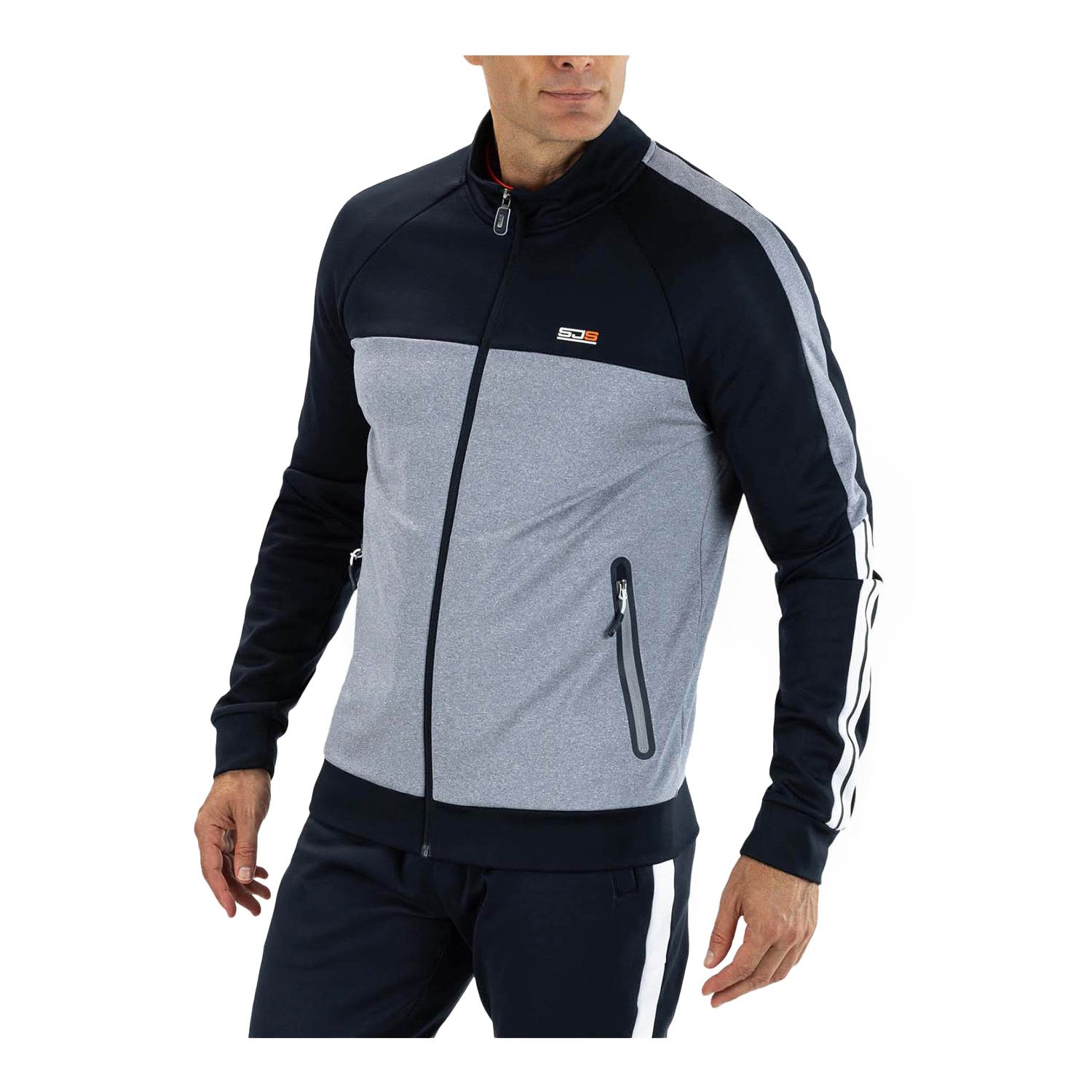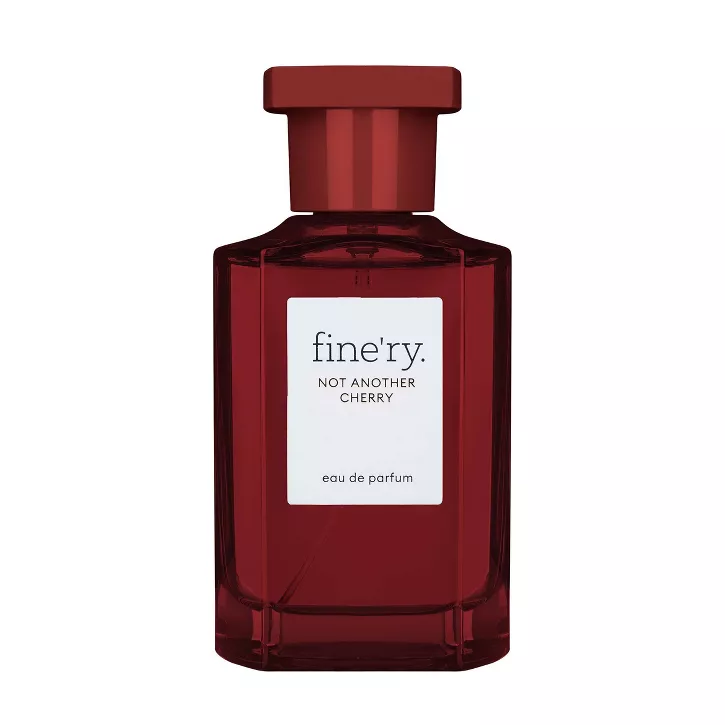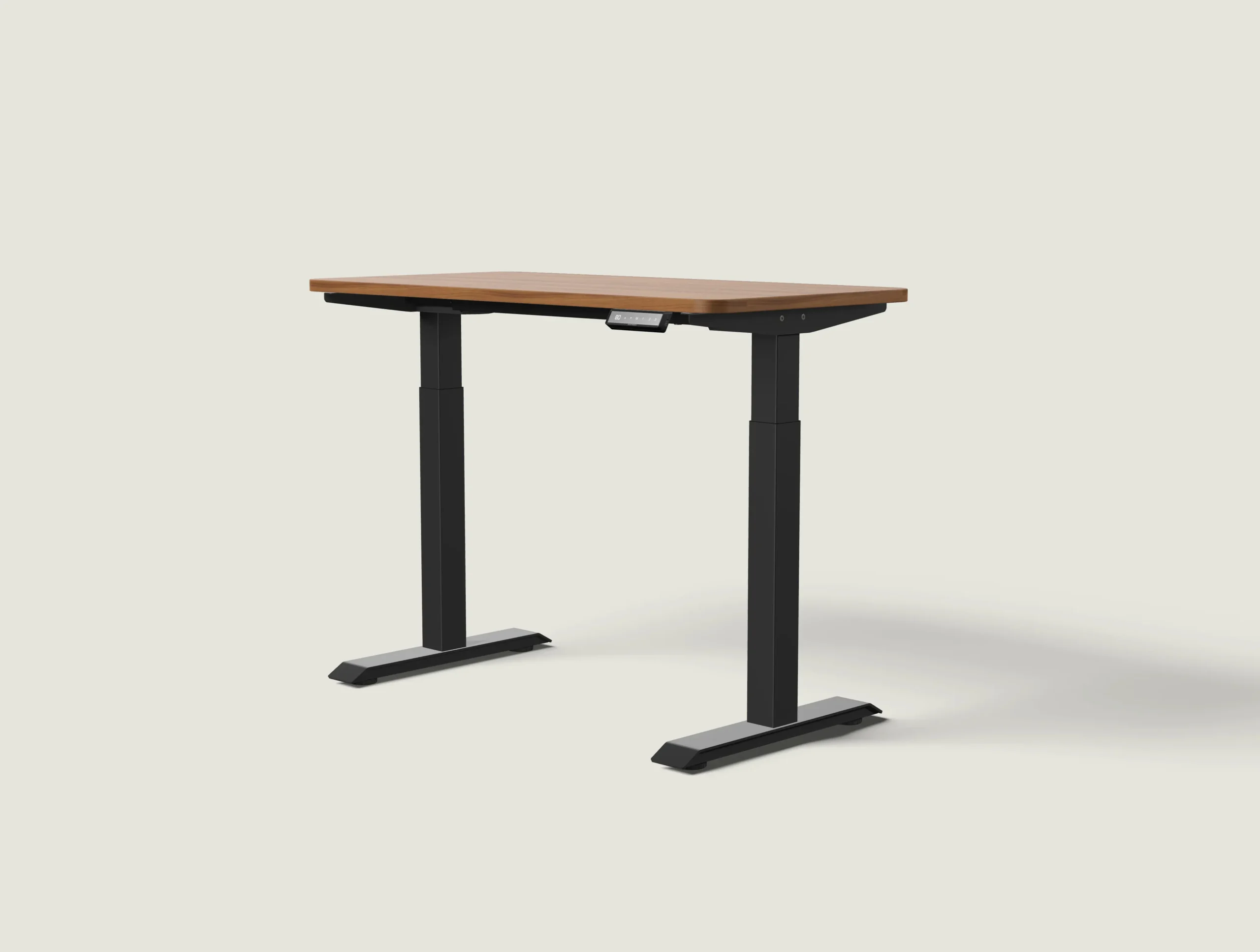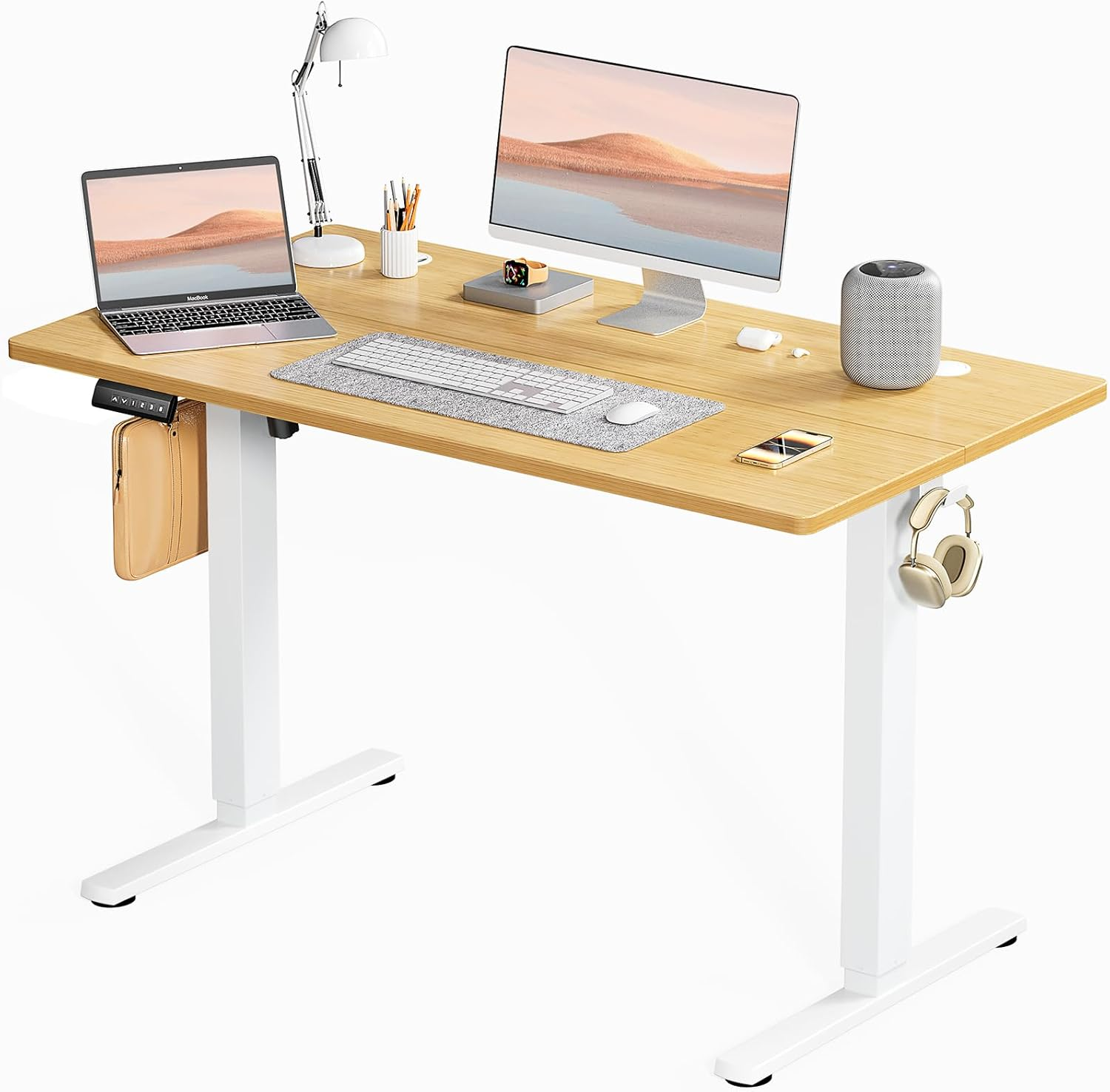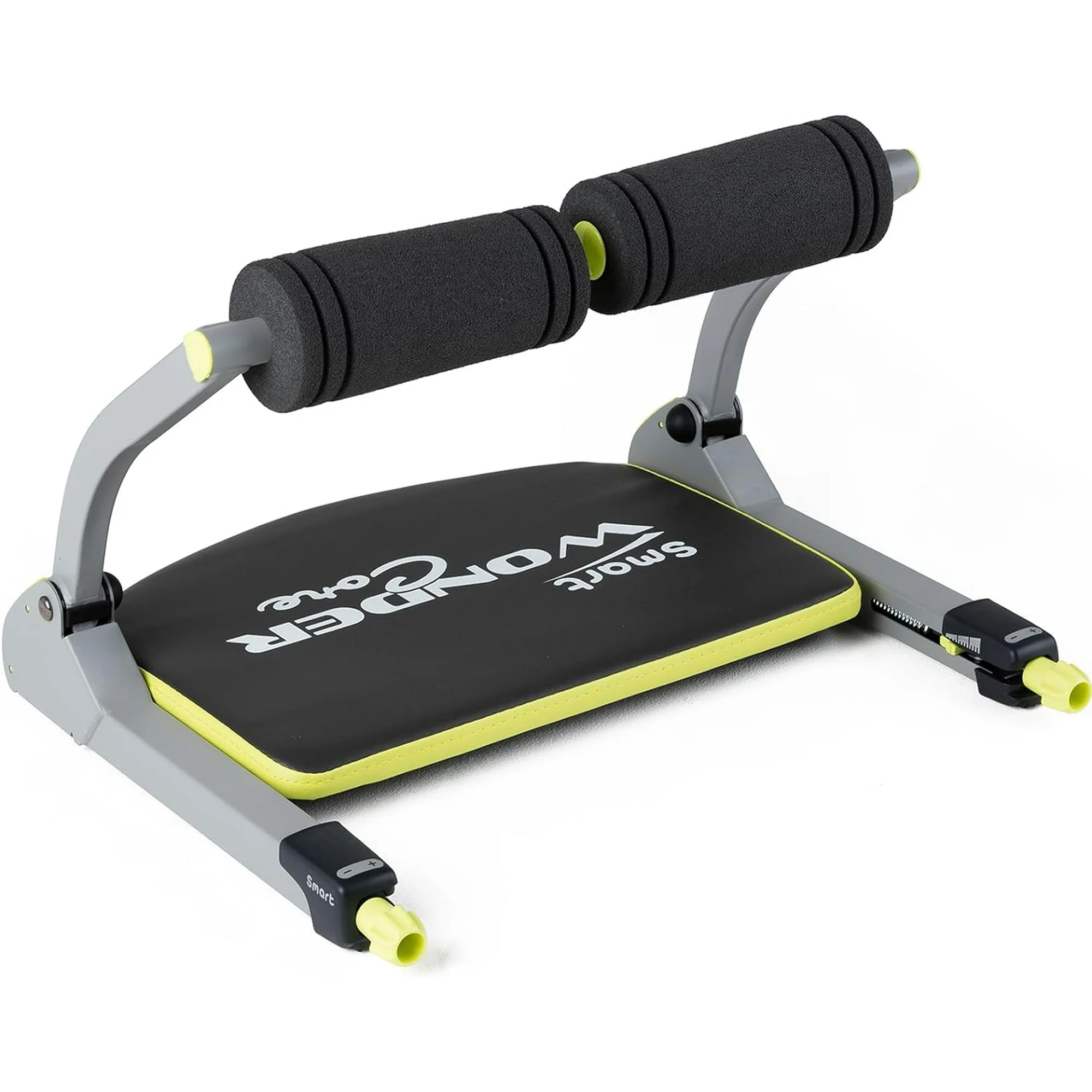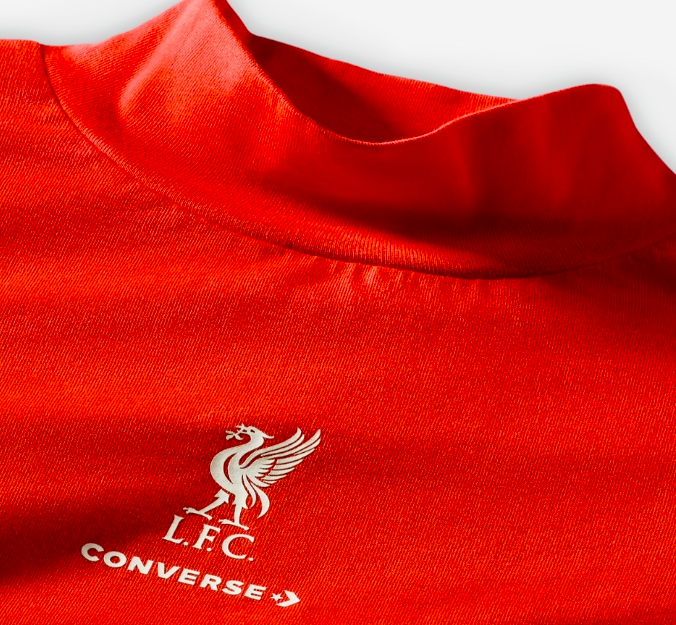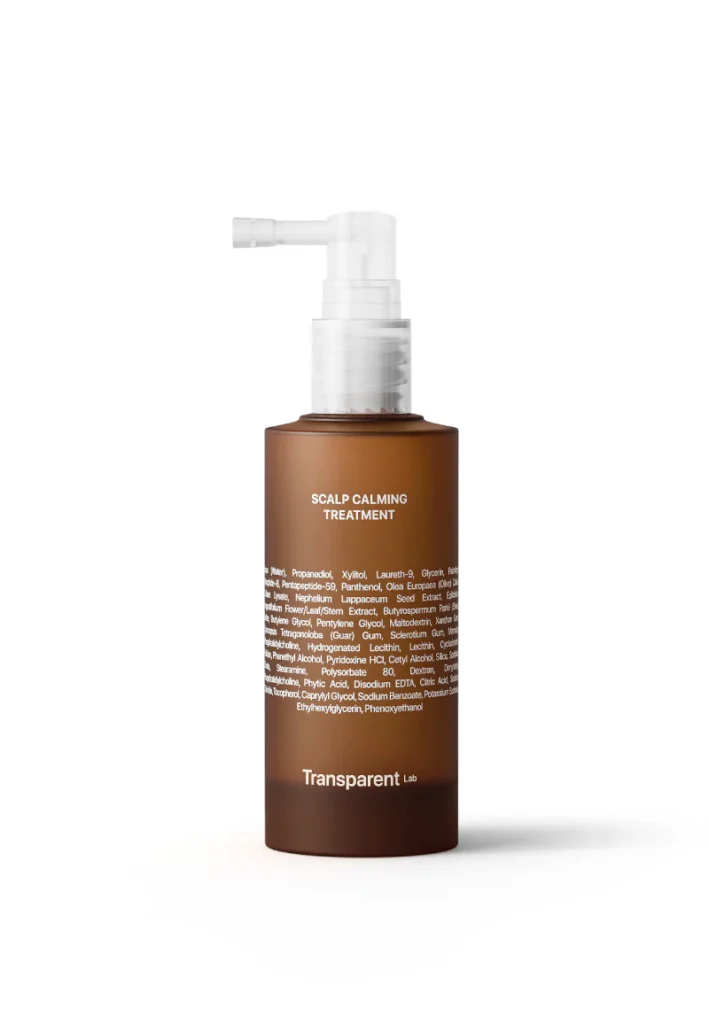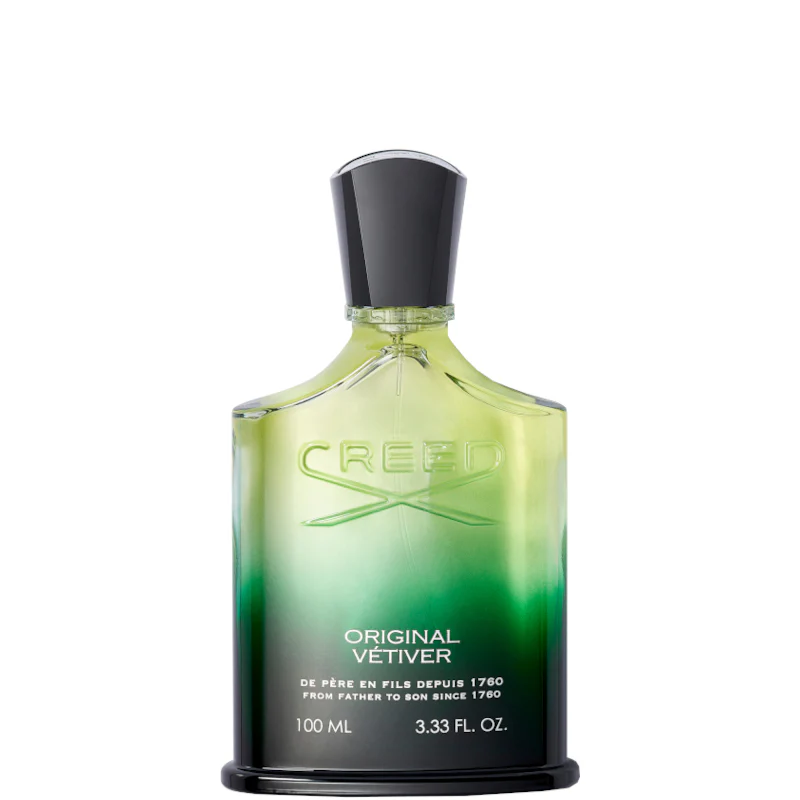Cold starts, windy intervals, surprise drizzle — your outer layer decides whether your session flows or fizzles. In this article, we’ll break down how to pick a training jacket that actually supports your plan: warming up quickly, venting heat when the pace climbs, and handling mixed weather without weighing you down. We’ll use the breadth of MEN’S TRAINING JACKETS as a practical framework to build a smart, durable rotation for the track, gym, and city.
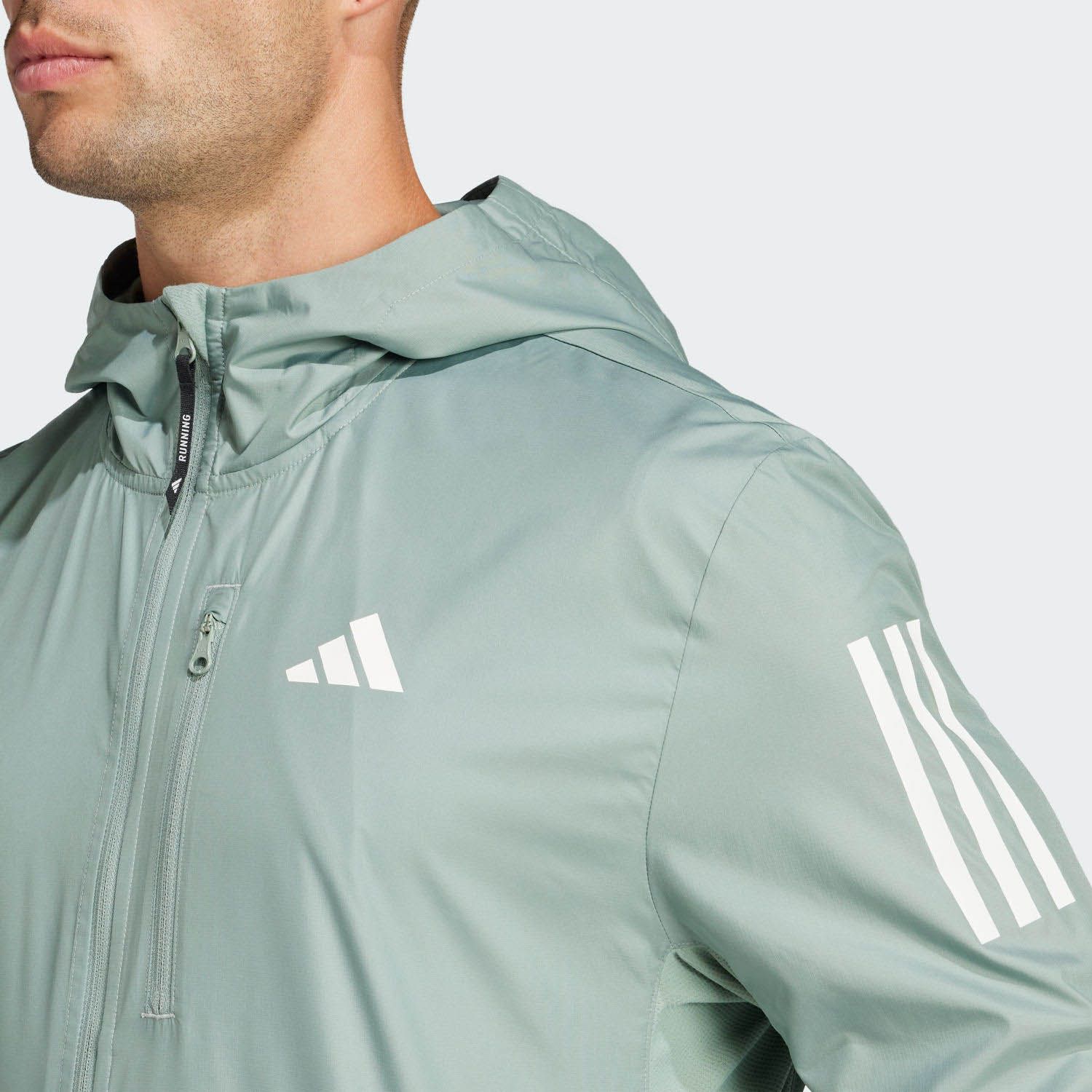
Why Layering Works: Warmth on Demand, Not All the Time
You need heat at the start and airflow mid-session — that’s the paradox. A good training jacket solves it with lightweight insulation up front and strategic ventilation where you sweat most. Think of it like a dimmer switch: zip up for the first kilometer or the first set; crack the zip or pop the vents when your internal thermostat wakes up. With MEN’S TRAINING JACKETS, you’ll find options from featherweight shells to lightly insulated midlayers so you can match output and weather without stopping the workout to change clothes.
Fabric 101: Breathability, Stretch, and Weather Control
Performance fabrics aren’t marketing fluff; they’re the reason you don’t feel steamed inside a shell. Look for:
- Moisture-wicking knits on the inside that pull sweat off the skin.
- Mechanical or elastane stretch so shoulders and elbows move freely during presses, swings, or arm drive when running.
- DWR (durable water repellent) finishes or water-resistant membranes to shed light rain and road spray.
- Perforated panels or laser-cut vents across the back and underarms to dump excess heat.
The best of MEN’S TRAINING JACKETS blend these elements, so you’re not choosing between comfort and protection — you’re getting both in one piece.
Fit That Frees You: Slim, Regular, or Relaxed?
Fit is performance.
- Slim is for runners and HIIT athletes who want fabric to track with the body, reducing drag and flapping.
- Regular gives room for a base layer without bulk, ideal for strength circuits and general training.
- Relaxed works for warm-ups, commutes, and days you want a hoodie underneath.
A smart fit rule: if you can lock your hands overhead and rotate without the hem riding up or the shoulders biting, you’re in the zone. The diverse cuts in MEN’S TRAINING JACKETS mean you can pick by activity, not just by size tag.
The Zipper Is a Thermostat (and Other Small Details That Matter)
Little features add up to big comfort:
- Two-way zips let you vent from the top or ease tension when you’re in a deep squat or on a bike.
- Zip garages (the tiny fabric garage at the neck) stop the puller from rubbing your chin when you’re breathing hard.
- Elastic or Velcro cuffs seal heat when you start, then open up when you’re hot.
- Drop-tail hems cover your lower back during deadlifts and rows.
- Secure pockets with zips or internal sleeves keep keys and cards from bouncing.
With the better picks within MEN’S TRAINING JACKETS, you’ll notice these small upgrades become non-negotiable once you’ve trained with them.
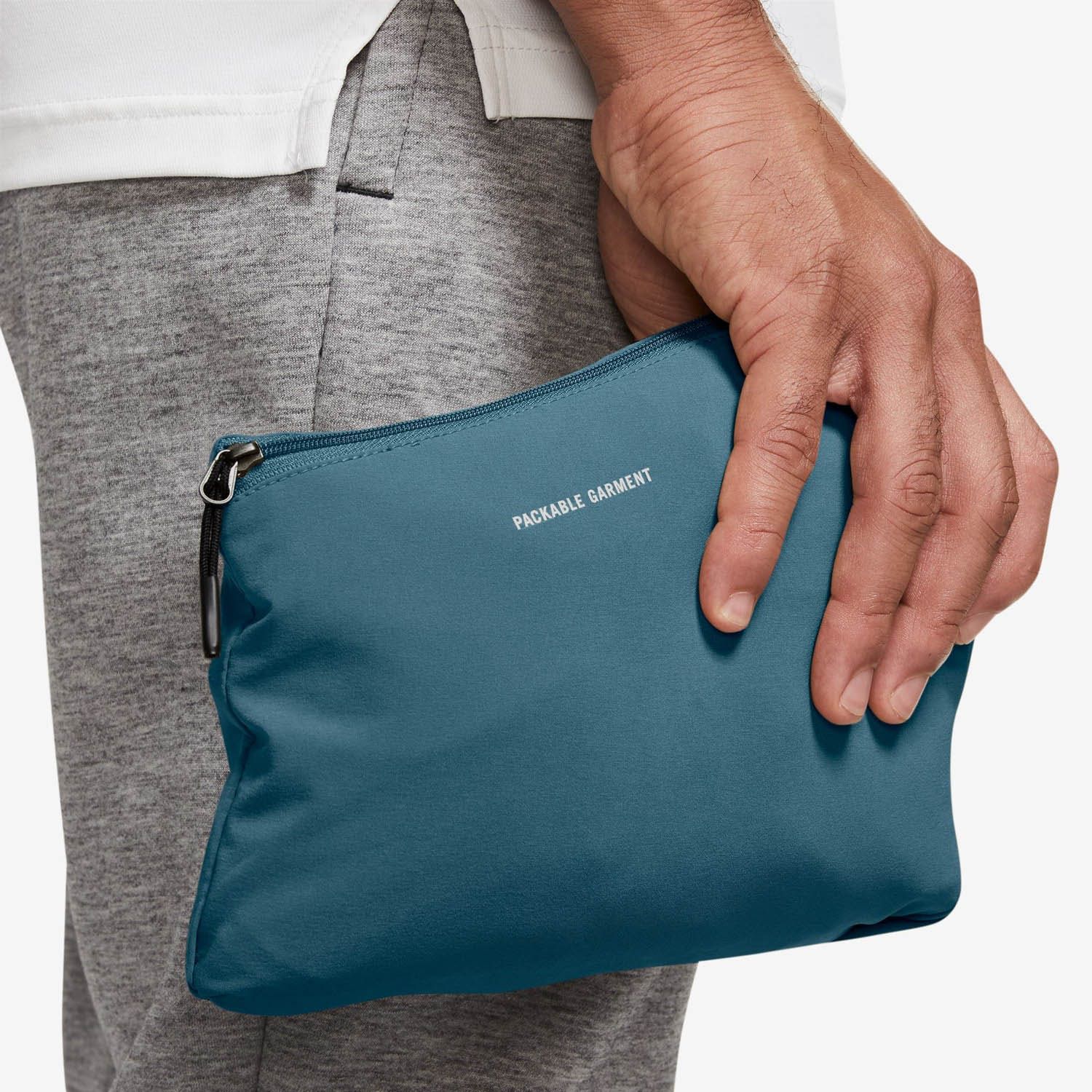
Weather Playbook: Jacket Types by Scenario
1) Cool and Dry (8–14°C):
Choose a lightweight stretch woven with a brushed inner face. Start zipped for the first 10 minutes; when you hit working pace, crack the front zip a few centimeters. For runs, look for reflective trim on sleeves and back shoulder lines.
2) Windy (any cool temp):
A windproof front plus breathable back panel is gold. It stops the chill at speed (especially on bikes and coastal runs) while preventing that humid, plastic feeling. If you train in open areas, prioritize a high collar and cinchable hem.
3) Light Rain / Mist:
Go water-resistant with sealed seams in splash zones (shoulders, hood crown). You don’t need a full hardshell for drizzle; that overbuild can trap heat. A thin, packable shell from the MEN’S TRAINING JACKETS range is enough for tempo runs and warm-ups to the gym.
4) Cold Starts / Stop–Go Sessions:
Pick a hybrid: insulated panels at the chest for heat, breathable sleeves and back for airflow. Perfect for circuits where you alternate heavy lifts with jump rope or sled pushes.
Strength vs. Cardio: Match the Jacket to the Work
For barbell days, prioritize stretch and a clean, minimal front — fewer toggles and cords to snag on the rack. For HIIT, you want easy venting and cuffs that push up and stay put. For tempo running or track repeats, pick a jacket with a soft chin guard (you’ll thank yourself when the wind picks up) and low-bounce pockets. The variety inside MEN’S TRAINING JACKETS lets you fine-tune per workout rather than compromise with a one-note layer.
Build a Two-Jacket Rotation (That Covers 90% of Your Year)
If you only buy two, make them:
- A breathable wind shell (packable, lightly water-resistant) for runs, bikes, and outdoor warm-ups.
- A hybrid midlayer (light insulation up front, vented back) for frosty mornings and stop–go gym sessions.
This pairing does the job across seasons and is easy to layer over a tee or under a heavier coat for commutes. With MEN’S TRAINING JACKETS, you can choose colorways that play well with your existing shorts, tights, and trainers — neutrals for versatility, brights for visibility.
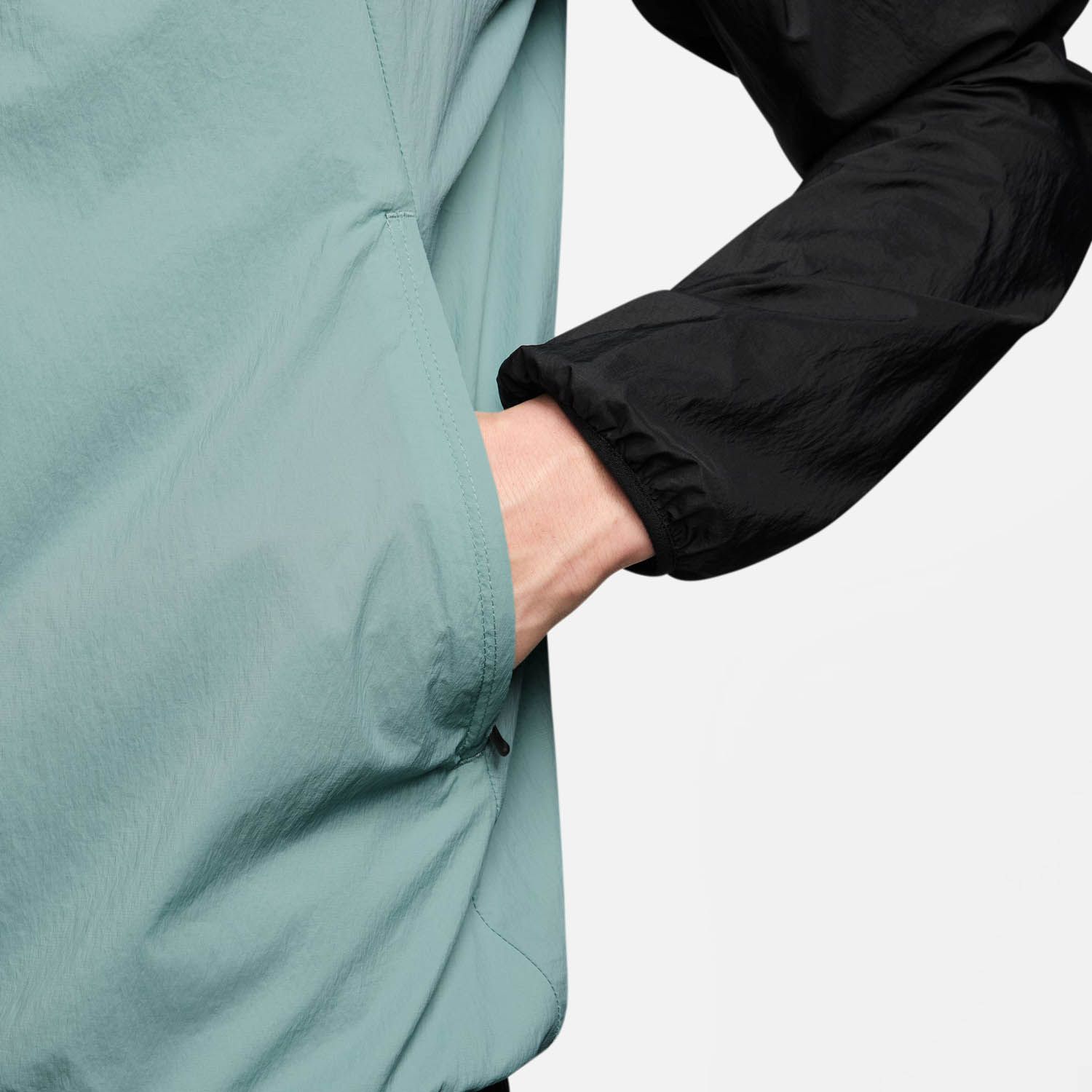
Care Tips That Extend Performance (and Keep Looks Fresh)
- Skip fabric softener. It clogs moisture channels and can flatten water-repellent finishes.
- Cold wash, gentle cycle, low spin. Heat kills stretch and glues odors into fibers.
- Air-dry flat or on a hanger. Tumble drying can delaminate membranes and warp elastane.
- Refresh DWR with a spray or wash-in treatment when rain starts to cling rather than bead.
Follow this routine and your picks from MEN’S TRAINING JACKETS will keep moving, breathing, and looking sharp far beyond a single season.
Style That Transitions: Gym to Street Without Trying
Training jackets now pull double duty: over a tee and tech pants to the gym; zipped with jeans for a coffee run; layered under a wool coat for a sporty-smart commute. Focus on clean lines, matte finishes, and subtle branding — details that look intentional rather than gym-only. The right color-block or tonal zip elevates the look without shouting “I just did burpees.”
Fit Check at Home: A 60-Second Test
Set a timer and run this mini-protocol:
- Deep squat: does the hem stay put?
- Overhead reach: any shoulder bite or sleeve tug?
- Jog in place 20s: does the collar chafe or bounce?
- Phone in pocket: does it swing or stay stable?
If a jacket passes all four, it’s ready to earn a permanent spot in your rotation.
Common Mistakes (So You Don’t Make Them)
- Buying too warm. Most sessions get hot; overdressing leads to early fatigue. Start slightly cool.
- Ignoring venting. No back vents = steamy mid-workout regrets.
- Chasing only water-proofing. Unless you run long in heavy rain, water-resistant + breathable beats a sweatbag hardshell.
- Forgetting reflectivity. Short winter daylight makes visibility a safety feature, not a nice-to-have.
A Sample Outfit Grid (No Table Needed)
- Speed work (cool & dry): featherweight wind shell + breathable tee + split shorts + low socks.
- Gym strength day: hybrid jacket (unzipped between sets) + training tee + tapered joggers + flat-stable trainers.
- Commuter run: packable shell + long-sleeve base + reflective cap + belt for keys.
- Weekend errands: matte-finish track jacket + heavy tee + cuffed jeans + clean trainers.
Sustainability and Longevity: Buy Fewer, Buy Better
The most sustainable jacket is the one you use for years. Look for robust stitching at stress points (pocket corners, cuff seams), zips that don’t wave, and hems that don’t roll after a wash. A well-built piece from MEN’S TRAINING JACKETS reduces replacements and keeps performance consistent — which is good for your training plan and your wallet.
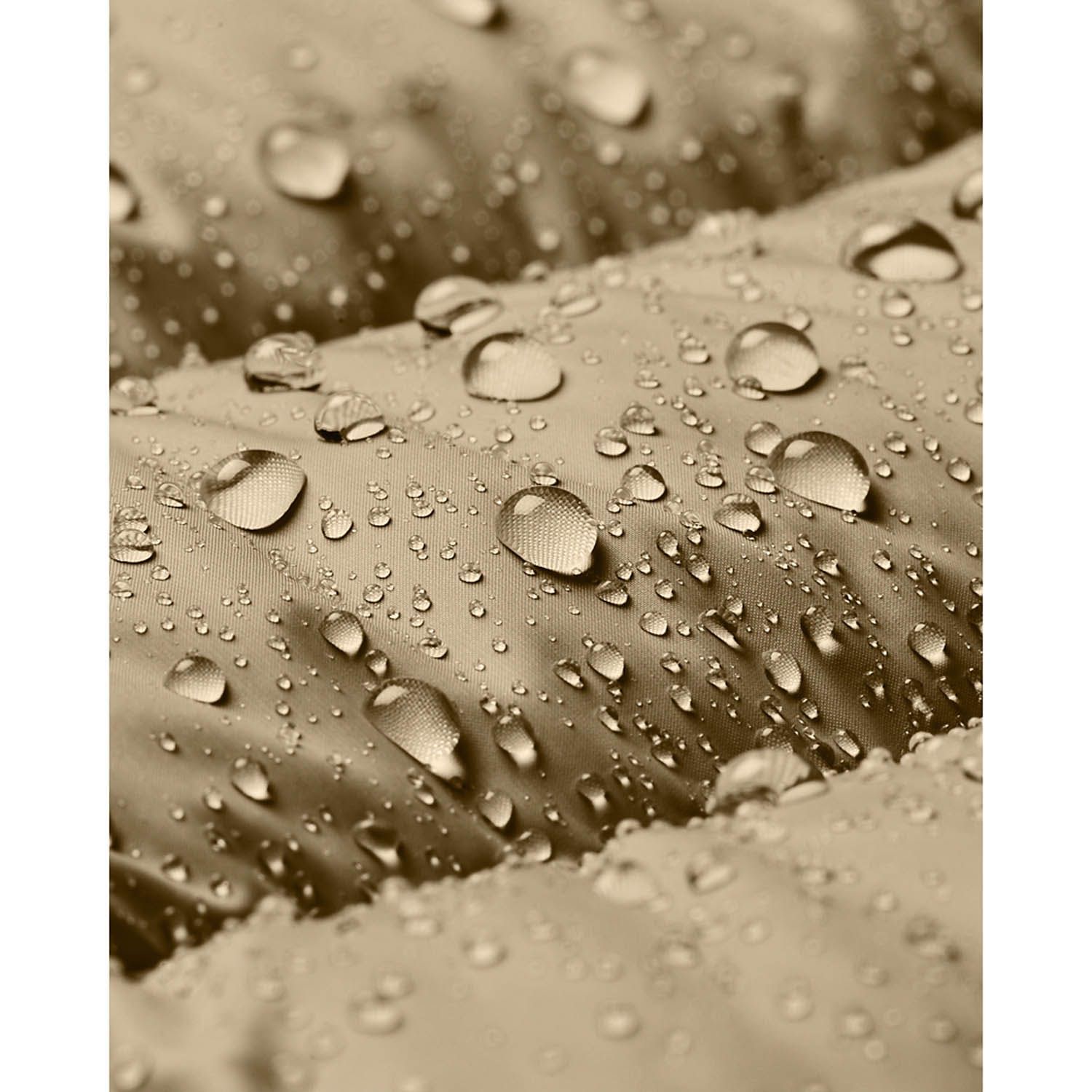
Conclusion
A training jacket is more than a layer; it’s a control panel for comfort, pace, and focus. Get the fabric right, the vents in the right places, and the fit that frees your movement — and your warm-up gets shorter, your intervals feel cleaner, and your cooldown doesn’t chill you to the bone. The versatile lineup of MEN’S TRAINING JACKETS covers everything from wind shells to hybrid mids, so you can build a small, powerful rotation that handles weather, workload, and style without fuss.
FAQ
- How tight should a training jacket be?
Snug enough to avoid flapping, loose enough to layer a base tee. If you can reach overhead and rotate without hem lift, it’s right. - Do I need a fully waterproof jacket for running?
Usually not. Water-resistant shells with good breathability handle light rain; full waterproofing can trap heat on faster efforts. - What’s the best jacket for strength training?
A stretchy hybrid with a clean front and secure pockets — nothing to catch on bars or cables. - How do I wash performance jackets?
Cold wash, gentle cycle, skip softener, air-dry. Reapply DWR when rain stops beading. - Are reflective details really necessary?
In low light, yes. Look for sleeve and back shoulder reflectivity so drivers see motion from multiple angles. - Can one jacket do everything?
A breathable wind shell covers the most scenarios. Add a hybrid midlayer and you’ve got nearly year-round coverage. - What about pockets for phones and keys?
Prioritize zipped pockets or internal sleeves placed high on the chest or at the rear hip to reduce bounce. - How do I prevent overheating mid-session?
Use vents, crack the zip, and start slightly cool. Breathable back panels make the biggest difference once you’re at pace.


